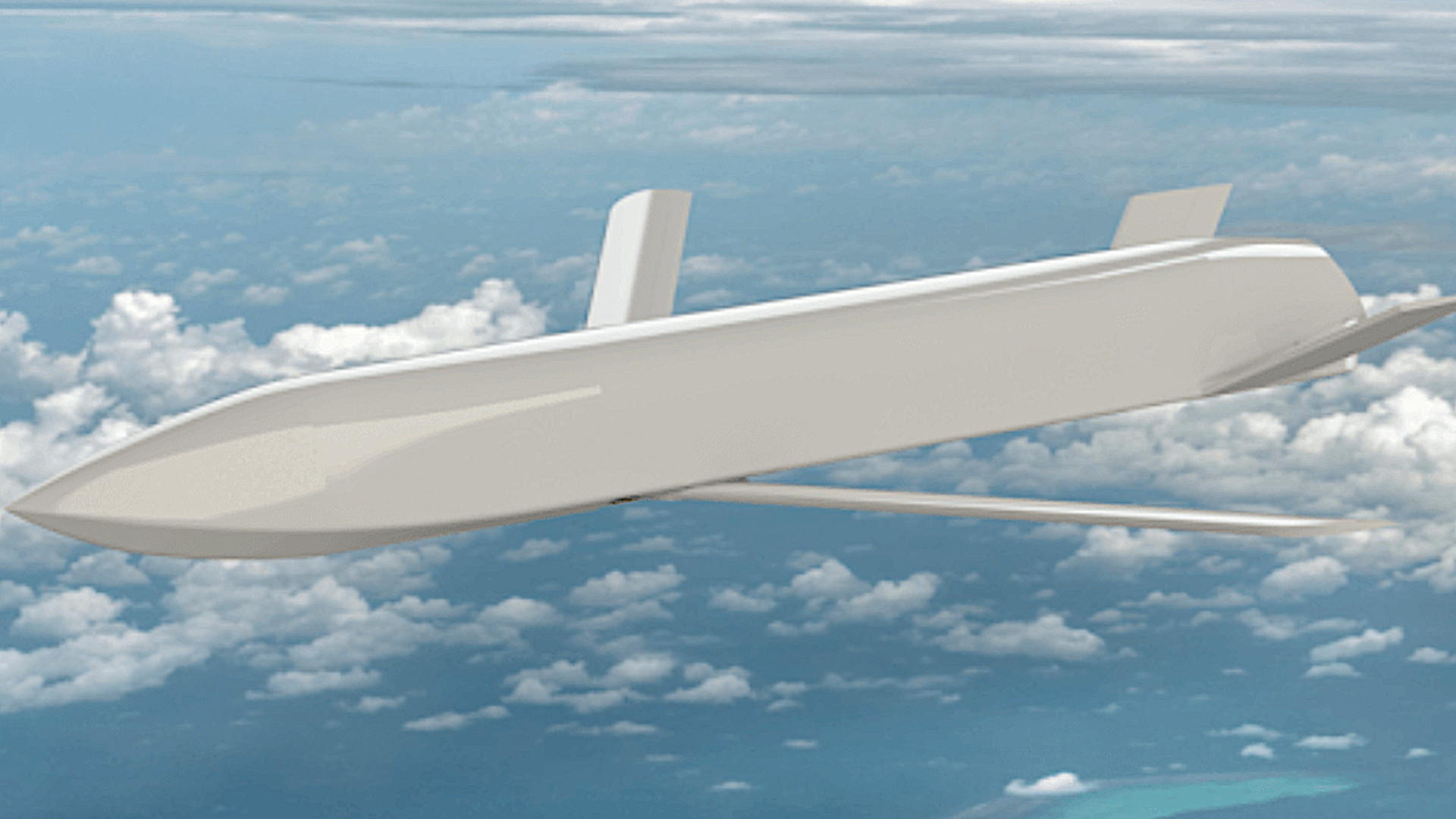Four companies are now set to design, build, and flight test new low-cost cruise missile concepts for the U.S. Air Force within the next seven months. A core goal is also to demonstrate new technologies and techniques to enable the rapid scaling up of production. The U.S. military has a clear and now long-standing desire for cheap and highly producible stand-off munitions. Weapons like this will be particularly relevant in future high-end conflicts, such as one against China in the Pacific, where there could be a need to prosecute tens of thousands of targets with precision and do so in an economical manner.
The Pentagon’s Defense Innovation Unit (DIU), in cooperation with the Air Force Life Cycle Management Center’s Armament Directorate (AFLCMC/EB) announced today that Anduril Industries, Integrated Solutions for Systems, Inc., Leidos subsidiary Dynetics, and Zone 5 Technologies had been picked to take part in the Enterprise Test Vehicle (ETV) project. DIU’s main job is to help the U.S. military leverage new and improved commercial technologies. AFWERX, an Air Force technology incubator situated within the Air Force Research Laboratory (AFRL), has also been involved in the ETV effort. DIU says U.S. Special Operations Command (SOCOM), Naval Air Systems Command (NAVAIR), and U.S. Indo-Pacific Command (USINDOPACOM) are also participating as “collaborators and evaluators.”
The ETV project will help “identify and prototype commercial and dual-use technology solutions for an enterprise test vehicle that demonstrates modularity for subsystem upgrade testing,” according to a press release DIU put out today. “The technology will also serve as a foundation for affordable high-rate production.”
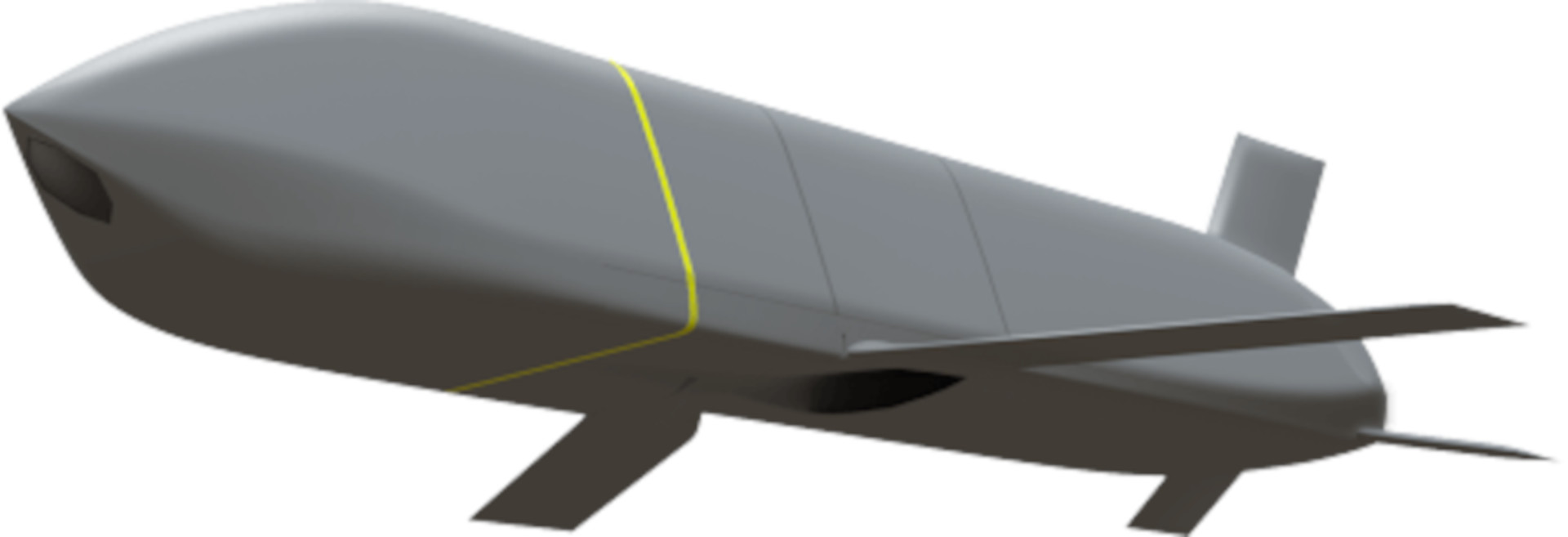
“To enable future design improvements and rapid integration of subsystems, prototypes are utilizing an open systems architecture reference,” the release adds. “Capable of deployment en masse through multiple launch methods, ETVs create an overwhelming dilemma for any defending adversary.”
Specific details about the four competing designs are limited, but renderings from Integrated Solutions for Systems and Zone 5, seen earlier in this story, show relatively traditional stealthy-looking air-launched cruise missile concepts.
Zone 5’s ETV submission is very reminiscent, at least externally, of Lockheed Martin’s AGM-158 Joint Air-to-Surface Standoff Missile family of cruise missiles. The company is separately involved in the development of another powered air-launched munition concept called Cargo Launch Expendable Air Vehicles with Extended Range (CLEAVER) for the Air Force. It’s unclear what, if any, relationship the company’s ETV design has to CLEAVER.
The rendering from Dynetics, seen below, shows a munition that looks very much like a powered derivative of the company’s GBU-69/B precision-guided glide bomb. Also known as the Small Glide Munition (SGM), the GBU-69/B is in service with the U.S. Special Operations community now.
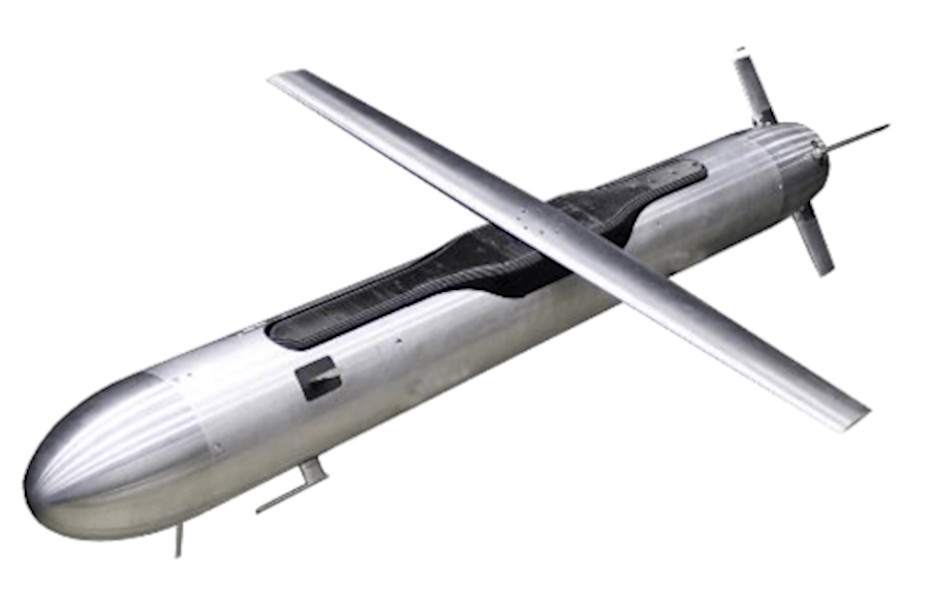
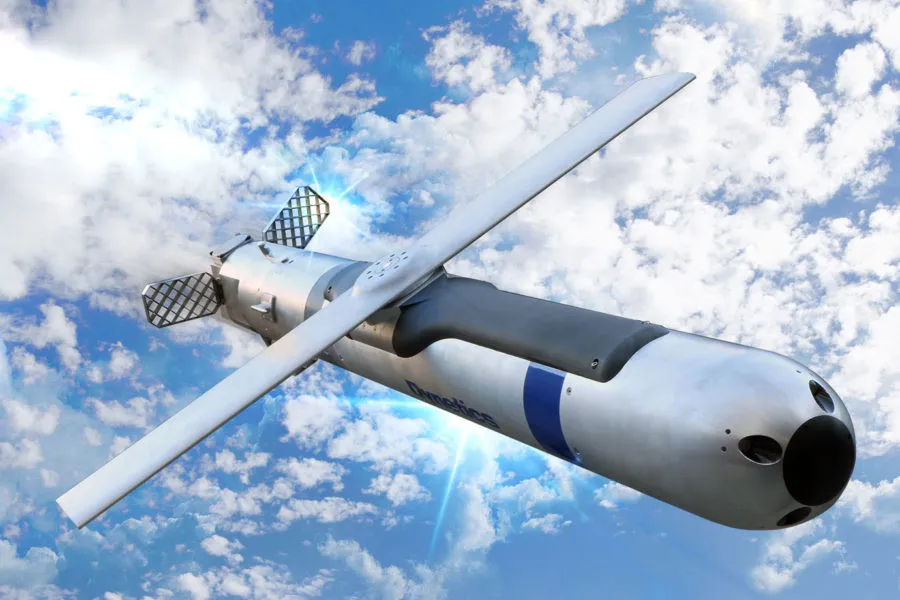
Anduril has so far declined to share an artist’s conception of its design concept.
“Our first Weapons PEO Challenge has participants working with the Armament Directorate to design an enterprise test vehicle that will serve as the baseline architecture for future low-cost cruise missiles [sic] variants,” Cayley Dymond, the AFWERX Challenge team lead, said about the project’s immediate goals back in January. “The Directorate’s objective is to design a weapon with a range of approximately 500 nautical miles, high subsonic speed, and a cost goal of $150,000 per unit in bulk orders.”
For comparison, the unit price of the latest subvariants of the AGM-158B Joint Air-to-Surface Standoff Missile-Extended Range (JASSM-ER) is around $1.2 and $1.5 million, according to official budget documents. The stealthy subsonic JASSM-ER is one of the Air Force’s current go-to conventional air-launched cruise missiles and has a reported maximum range of around 600 miles.
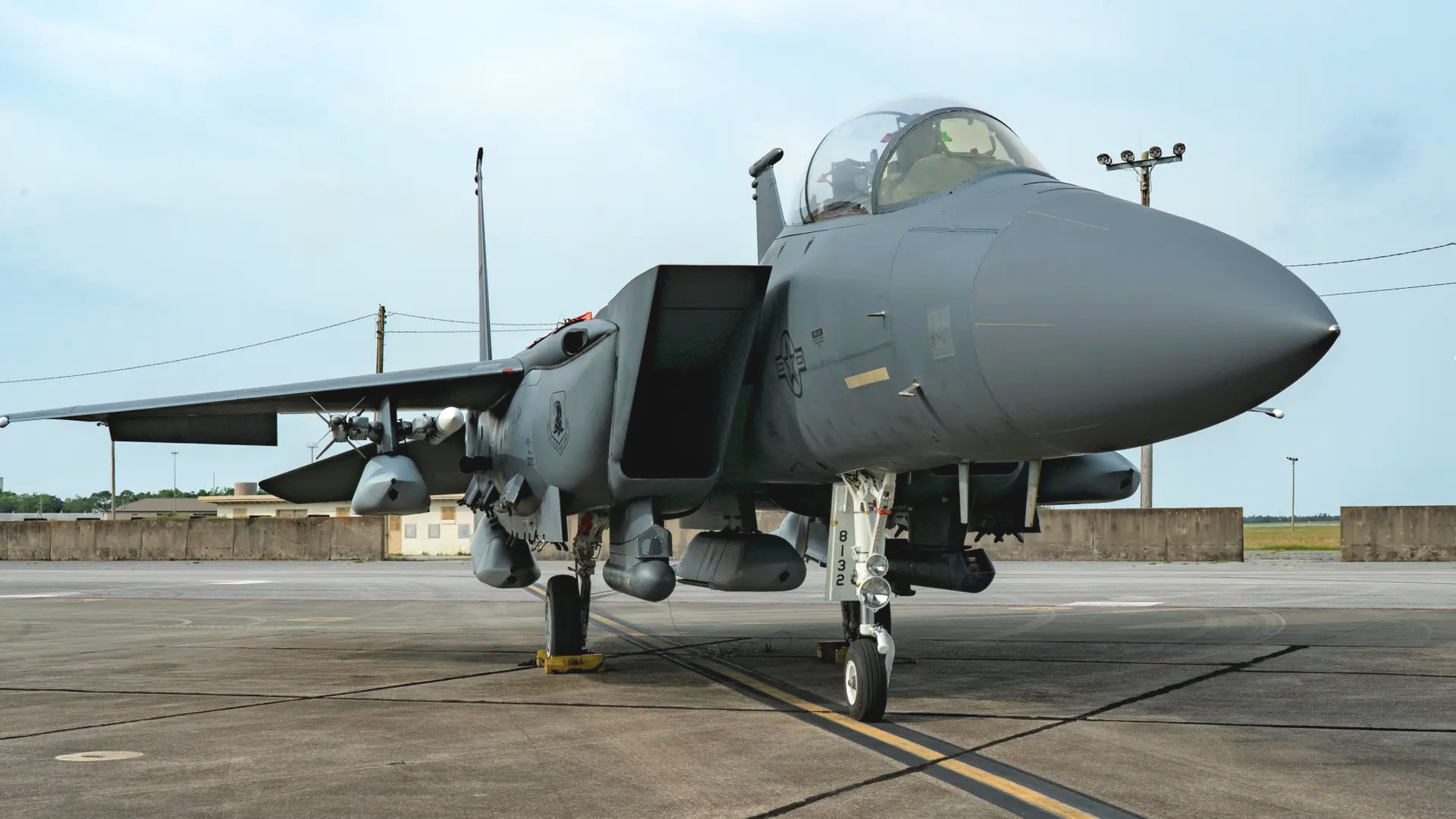
Just last Friday, the Air Force signed its first contract for Joint Strike Missiles (JSM), which are air-launched cruise missiles that are smaller and shorter-ranged than the JASSM-ER. Air Force budget documents put the price tag of a single JSM at around $2.7 million. The JSM unit cost looks in part to be a product of the relatively small numbers of these weapons the Air Force is currently looking to buy, as well as production just starting to ramp up.
It’s worth noting that we don’t know the size and type of warhead the Air Force and DIU are looking at with regard to ETV. A lighter, smaller warhead could help keep costs down, as well as extend the range of the missile, but might also limit its effectiveness against certain target sets.
“Vendors are incorporating commercial off-the-shelf (COTS) components wherever possible to mitigate supply chain bottlenecks and to keep costs low,” DIU’s press release today says about the ETV project. “Vendors will also leverage modern design for manufacturing approaches, ensuring air vehicles are not over-engineered for their intended mission, minimize [the] use of expensive materials, and enable on-call high-rate production that is not possible with more exquisite counterparts.”
As already noted, the Air Force’s interest in new lower-cost cruise missiles is not new and the requirement for such munitions continues to be ever more apparent. The service could expect to expend a significant number of stand-off munitions in the opening phases of any future large-scale conflict, particularly one against China across the broad expanses of the Western Pacific. Cheaper cruise missile designs that can also be more rapidly produced would give the Air Force a way to more economically bolster its stockpiles now and replenish them faster during a protracted fight.
The matter of munition expenditure rates and replenishing stockpiles in a timely manner has been thrust into the mainstream discourse recently thanks to U.S. military efforts to protect international shipping in and around the Red Sea from Houthi militants in Yemen and to defend Israel from Iranian missiles and drones. In April, Secretary of the Navy Carlos Del Toro said his service alone had fired nearly $1 billion worth of missiles in the course of those operations.
With all this in mind, it is not surprising that the Navy, as well as SOCOM, are also participating in the ETV project. Earlier this year, the Air Force and the Navy both put out new requirements for lower-cost and compact cruise missiles with shorter ranges and higher price points than ETV is aiming for. SOCOM also disclosed last month that it has begun testing a new miniature cruise missile design that could be added to the arsenal of its AC-130J Ghost Rider gunships.
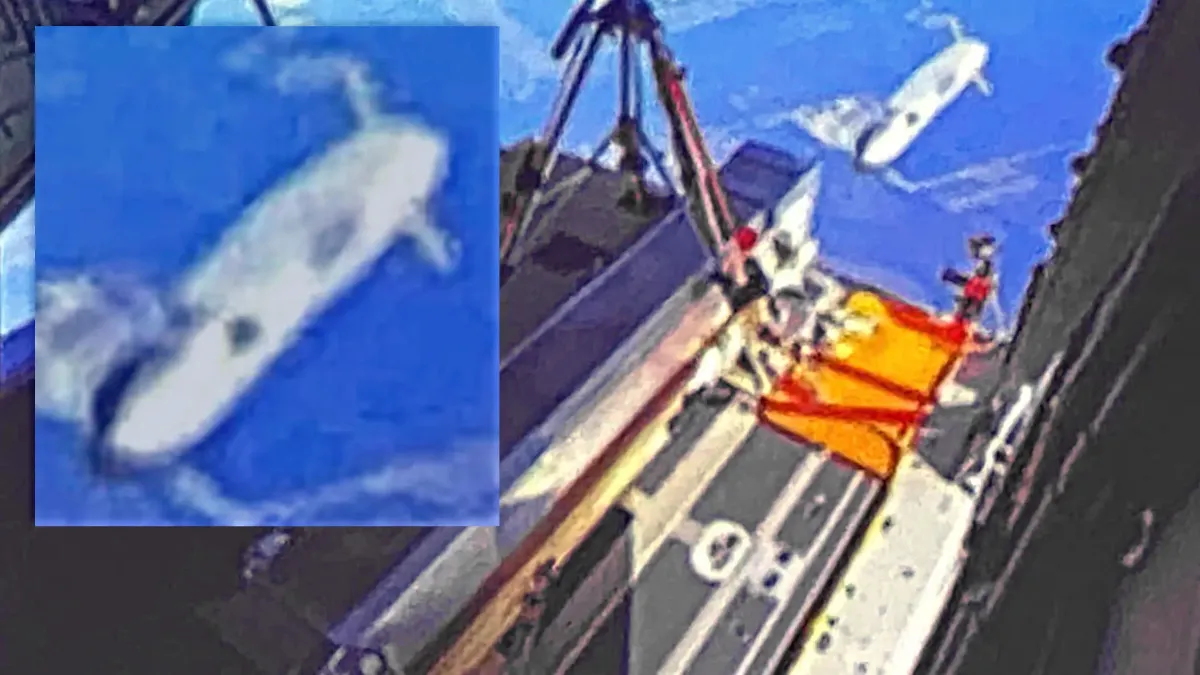
The U.S. Marine Corps, which has not been explicitly named in relation to the ETV program, is also working on a new air-launched cruise missile for its AH-1Z Viper attack helicopters, and potentially other platforms. Details about the service’s Long Range Attack Missile (LRAM), which is expected to have a maximum range of just over 170 miles, are limited, but it is known to be based on existing Air Force munition, as you can read more about here.
This recent flurry of activity in the smaller and/or cheaper cruise missile development space follows from a number of proceeding efforts, as well. Between 2017 and 2020, the Air Force conducted significant research and development into such a weapon, including flight testing, as part of an AFRL project called Gray Wolf.
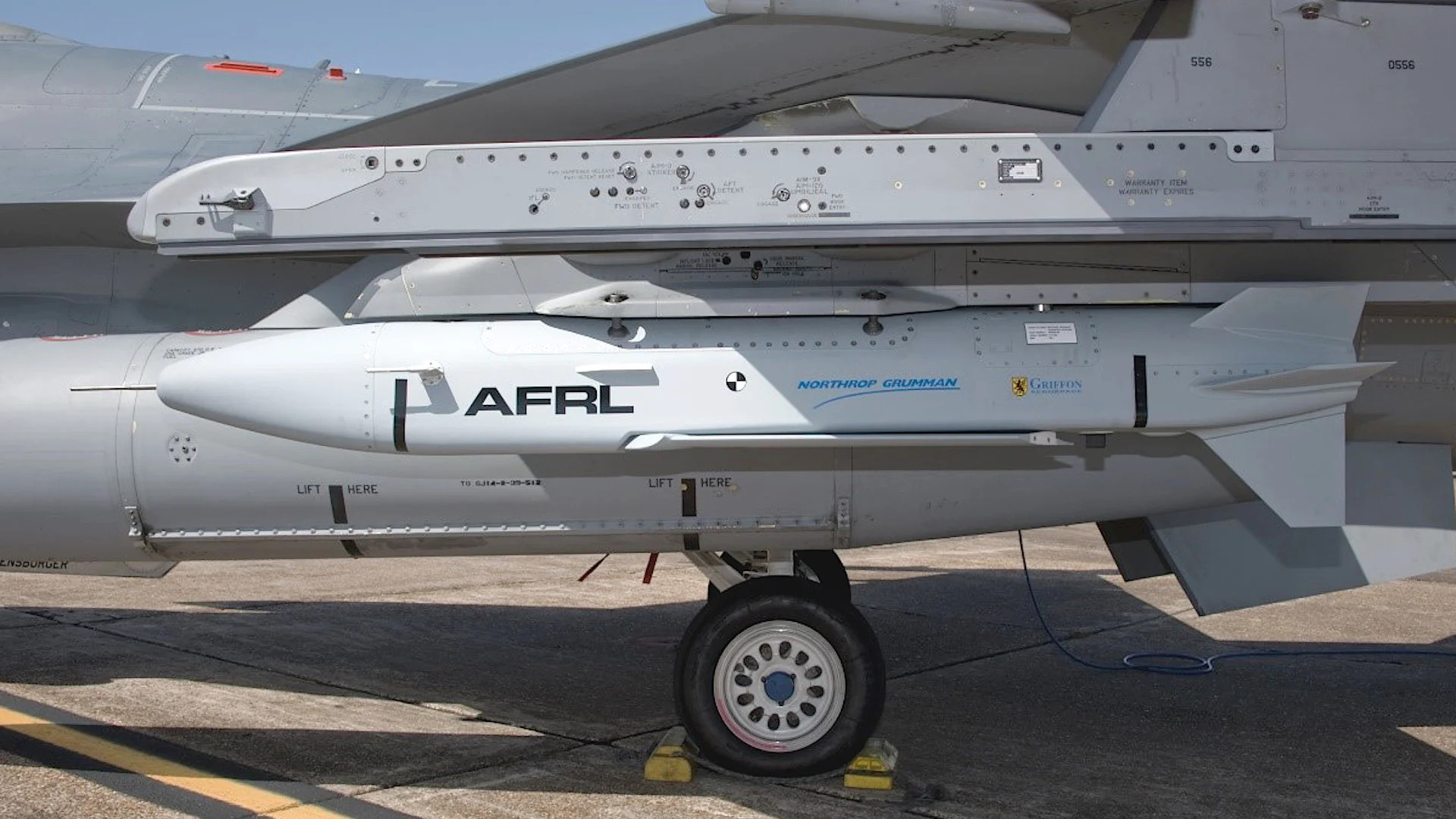
More recently, the Air Force and the Navy have funded work on a project called the Rapidly Adaptable Affordable Cruise Missile (RAACM), which has been described in very similar terms to ETV.

In addition, while ETV’s immediate focus is on low-cost cruise missile design concepts, there is an implied interest in potentially leveraging the designs for other roles. The line is already fine between cruise missiles and air-launched decoys carrying electronic warfare payloads, which can distract and deceive opponents, clearing the way for real strikes and otherwise helping to reduce the vulnerability of friendly forces.
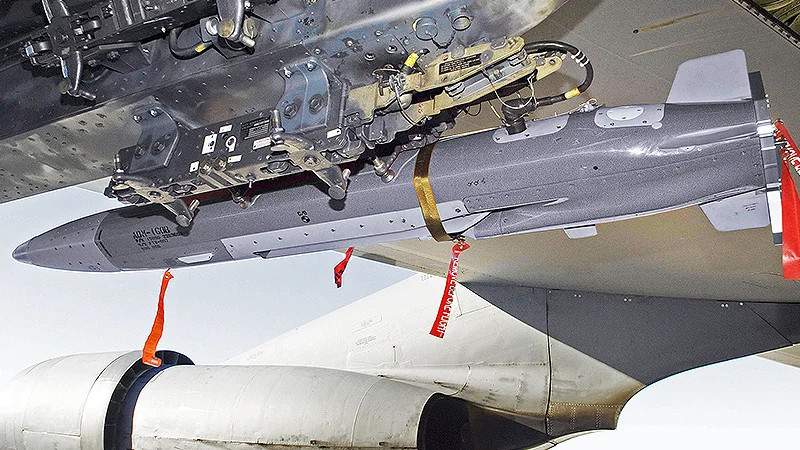

In recent years, a number of private companies have also presented concepts for missile-like air-launched drones capable of performing various missions that are also being developed with a particular eye toward extreme production efficiency. Lockheed Martin’s Skunk Work’s Speed Racer drone is a prime example and the name is actually an acronym standing for Small Penetrating Expendable Decoy Radically Affordable Compact Extended Range. Skunk Works said in 2022 that it was moving toward flight testing the Speed Racer design, including in a crewed-uncrewed team with F-35 Joint Strike Fighters, as part of what the company called Project Carrera.

There is also General Atomics’ Advanced Air-Launched Effects (A2LE) drone, a design that makes heavy use of additive manufacturing to help accelerate production and reduce costs, which The War Zone was first to report on.
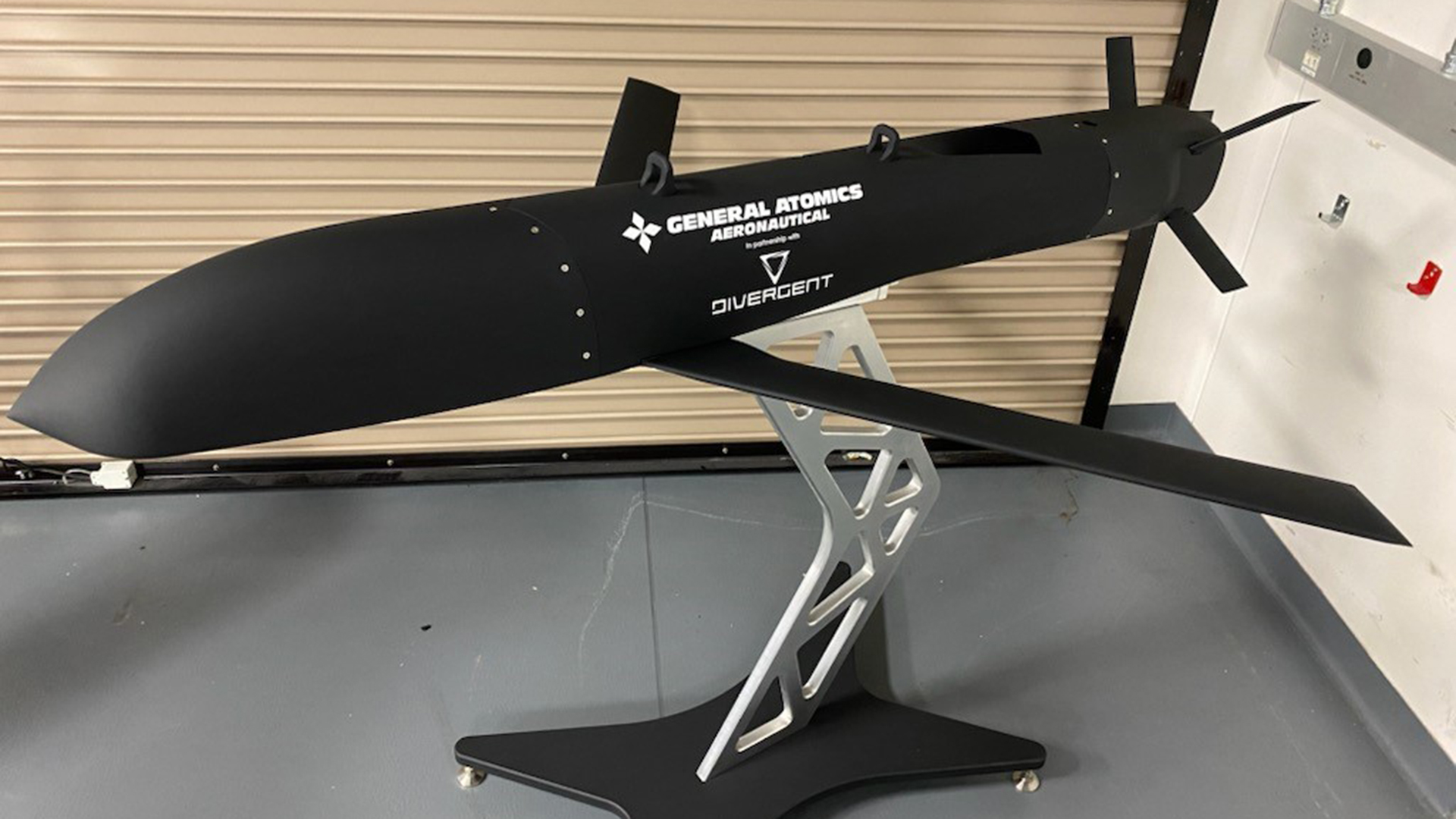
New and improved manufacturing processes that may emerge from ETV could be valuable for other more tangible efforts, too. The Air Force has made clear that it sees advanced production processes as being essential to meeting its so-called “speed-to-ramp” acquisition goals for the Collaborative Combat Aircraft (CCA) drone program, as you can learn more about here.
As it stands now, the ETV project’s aim is that “initial flight demonstrations will occur within seven months from the agreement award dates, after which one or multiple of the most promising prototypes will continue development toward a production variant capable of rapidly scalable manufacture,” according to DIU’s press release today.
Questions remain about the feasibility of developing a cruise missile that meets the ETV project’s cost and capability goals. The litany of preceding efforts that have not resulted in a practical fielded weapon system, at least so far, underscores the potential challenges. The Air Force clearly hopes that ETV will at least produce a pathway to the desired capability.
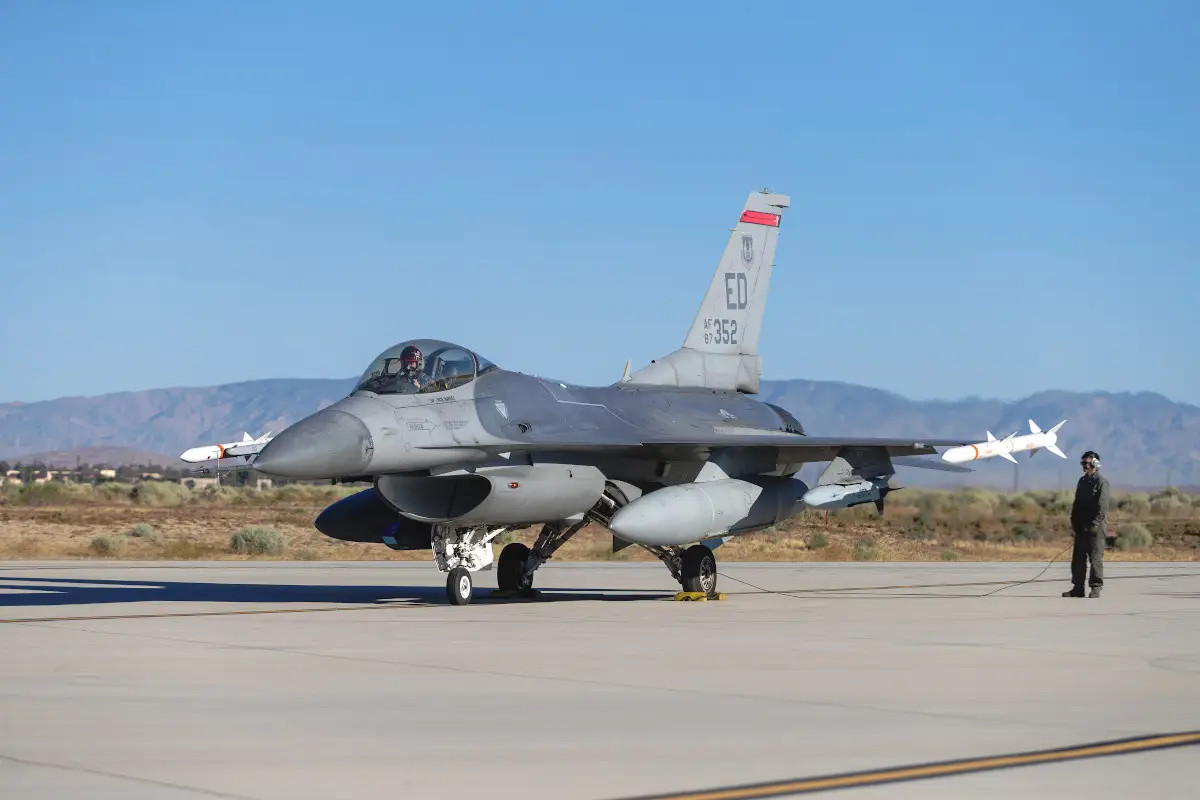
“The ETV presents an opportunity to leverage promising ideas from industry to create and refine affordable designs for test capabilities that can be produced on a relevant timeline,” Andrew Hunter, Assistant Secretary of the Air Force for Acquisition, Technology, and Logistics, said in a statement accompanying DIU’s release today.
“While the Armament Directorate remains committed to our highly-capable legacy products, we have become convinced that widening the aperture to include more non-traditional aerospace companies offers the best chance at accomplishing our cost-per-unit goals, project timeline, and production quantity goals,” Cassie Johnson, the ETV Program Manager at AFLCMC/EB also said. “We eagerly anticipate bringing respectable capability to our warfighters.”
If nothing else, if the ETV project holds to the currently stated schedule, the DIU and the Air Force will have started putting the four new cruise missile concepts through the paces by January of next year.
Author’s Note: There is some conflicting information about whether the Enterprise Test Vehicle is being technically categorized more as a drone or a cruise missile. We have reached out to DIU and the Air Force for additional information and clarification. The line between drones, especially one-way-attack attack types, and cruise missiles has been increasingly blurred in recent years, so this is hardly surprising.
Contact the author: joe@twz.com
